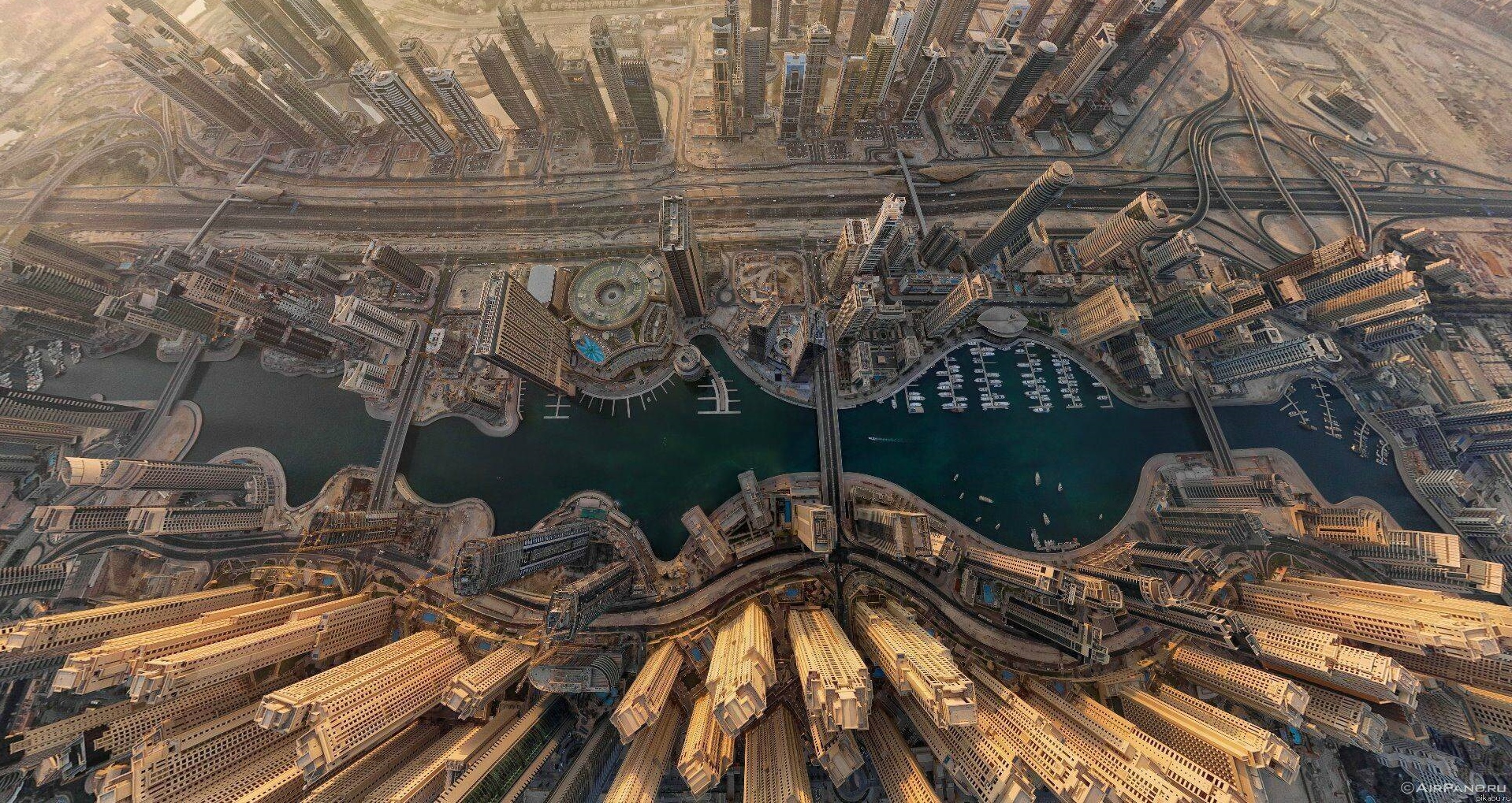Camera movements
Pan:
Panning is when you move the camera horizontally while its base is fixed on a certain point. You are not moving the position of the camera itself, just the direction it faces. This could be used to show someone moving away and out of the camera shot.
Track:
A tracking shot is any shot where the camera moves alongside the object it is recording. This could be used to show the point of view of a person moving alongside another.
Tilt:
The tilt camera movement involves moving the camera's lens up or down while keeping its horizontal axis. This could be used to show the grand scale of a large object for example, a building.
This camera movement is where the camera changes focus within a shot. This could be used when showing a character hiding for example if they are creeping up on another in an action film.
Crane:
a crane shot is a shot taken by a camera on a moving crane or jib. This shot can be used to show a much larger and higher up angle.
Aerial:
A shot taken from a device up in the air. This could be used to show more of a bird's eye view of the surroundings.

Zoom in:
To increase how big something or someone appears on the screen gradually. This could be used to add a more intense feeling.
Zoom out:
Decreasing the size of something in a shot. This could be used to give a sense of departure or the end of the film.
Whip pan:
A whip pan is a type of shot in which the camera pans so quickly that the picture blurs into streaks.
Handheld:
This is a technique in which a camera is held in the camera operator's hands as opposed to being mounted on a tripod or other base. This may be used to give more freedom within the motion of the shot meaning the director is more free to do what they want when it comes to motion.
Dolly:
The technique or zooming in or out on the subject while keeping the subject the same size in the frame. It is computer generated and can be used to show the emotion of shock for a character.
Steadicam:
Steadicam is a type of camera that mechanically isolates the director's movement, allowing for a smooth shot, even when the camera moves over an irregular surface.
No comments:
Post a Comment